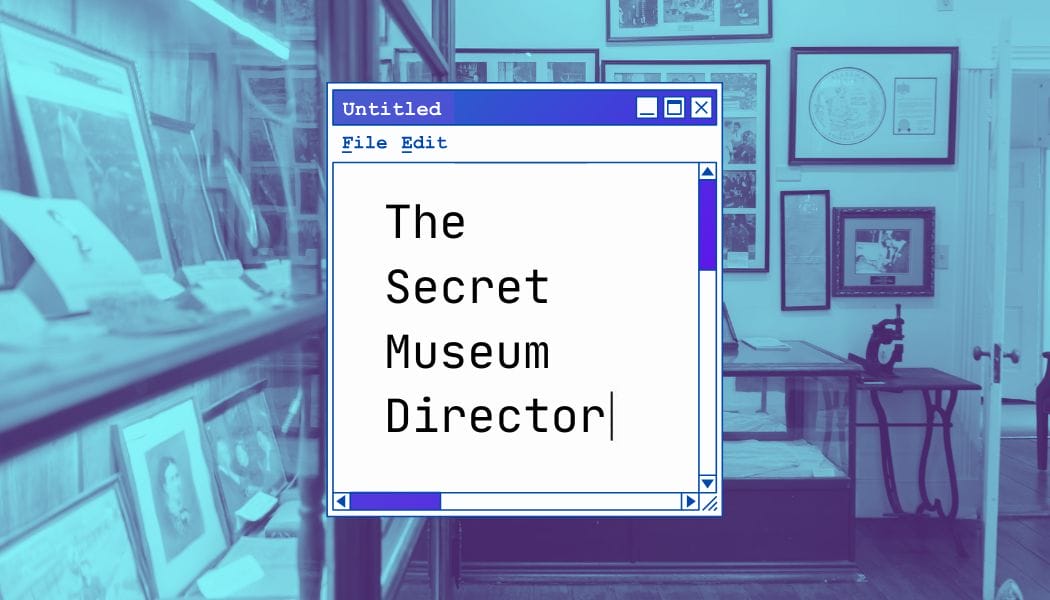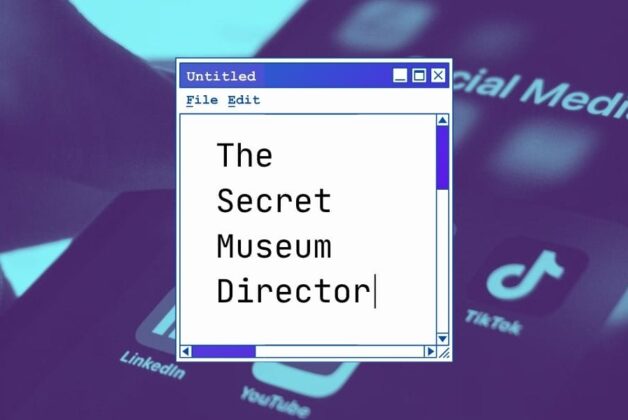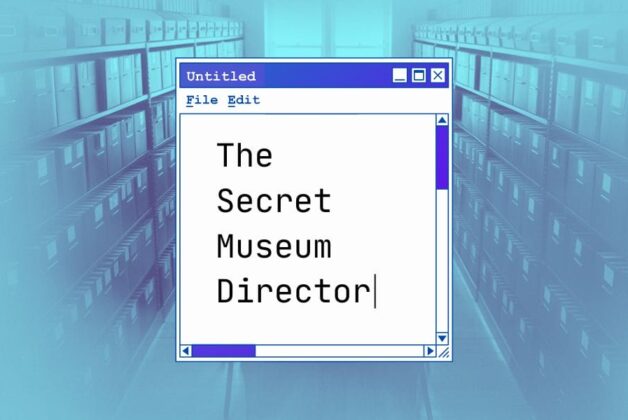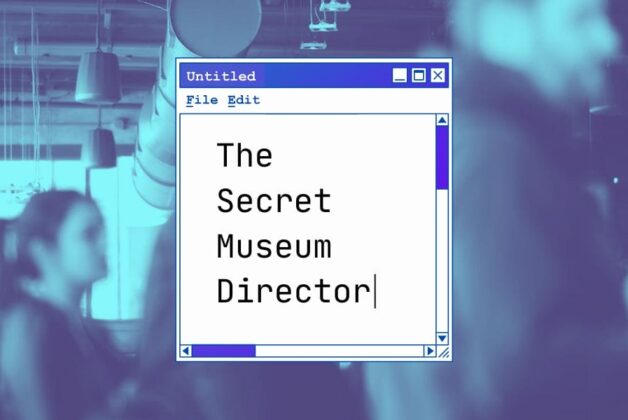The Secret Museum Director makes the case for small museum’s community impact being as important as institutional spectacle.
Small Museums, Big Impact
People tend to imagine museums as grand places: marble floors, glass atriums, cafés that sell £4 coffees. My museum, by contrast, has old laminate floors, a donated kettle, and a front door that only locks properly if you pull it twice.
Yet every week, someone walks through that door and leaves slightly changed. That, I think, is the quiet miracle of small museums.
We don’t have blockbuster exhibitions or multimillion-pound refits. What we do have is intimacy. Our visitors aren’t numbers on a chart; they’re names and faces. The retired man who comes to see his old memory. The schoolchild who realises the local streets once hosted an event that was directly linked to his family. The family who wander in on a rainy day and end up talking for an hour about their grandmother’s experience.
It’s fashionable to talk about “impact” in the museum world; KPIs, outputs, outcomes. But small museums measure impact differently. We see it in the handwritten note left by a visitor who felt understood, or in the quiet pride of a volunteer guiding a tour they helped design. Our impact is often hard to measure whatsoever. We know schools appreciate us, and I guess we can pull figures on that. We have a place for memory in our sector and in our community, we know it is valued based on what people say about us and to us.
Our collections may be modest, but they’re rooted in place. They’re the living memory of a community. That means we can respond quickly, locally, emotionally. When a major story hits the headlines about our area, we’re the ones who can host the conversation- not from a corporate distance, but from lived experience. We know the faces in the photos; oftentimes we’ve met them.
Tough Moments
Running a small museum is, of course, equal parts joy and exhaustion. Budgets are fragile, volunteers are golden, and every leaking roof feels like a existential test. But the constraints force something powerful: collaboration. We rely on each other, on community partners, on people who see value beyond the monetary. We don’t just talk about inclusivity, we practise it, because we must.
This can cause stress. One such example was the museums reliance on one particular volunteer for collections management. He was brilliant, was effectively the museum historian; a walking, talking dictionary on what we had, where it was and why it mattered. When he was taken ill and couldn’t work with us, we were suddenly bereft of his knowledge. There is no budget to suddenly replace those who cant work with you.
Those tasked with running a small site are often forced to think day-to-day, week-to-week. Focussing on rota, maintenance or otherwise. So yes, there often isn’t the time or the headspace to think “big picture”, to envision a 5-year plan or to imagine a repositioning of our objectives to better reflect our vision (sounded convincing though, right?). We must carve out time for this, to be sure, but the reality is we have too many operational issues to worry about most of the time.
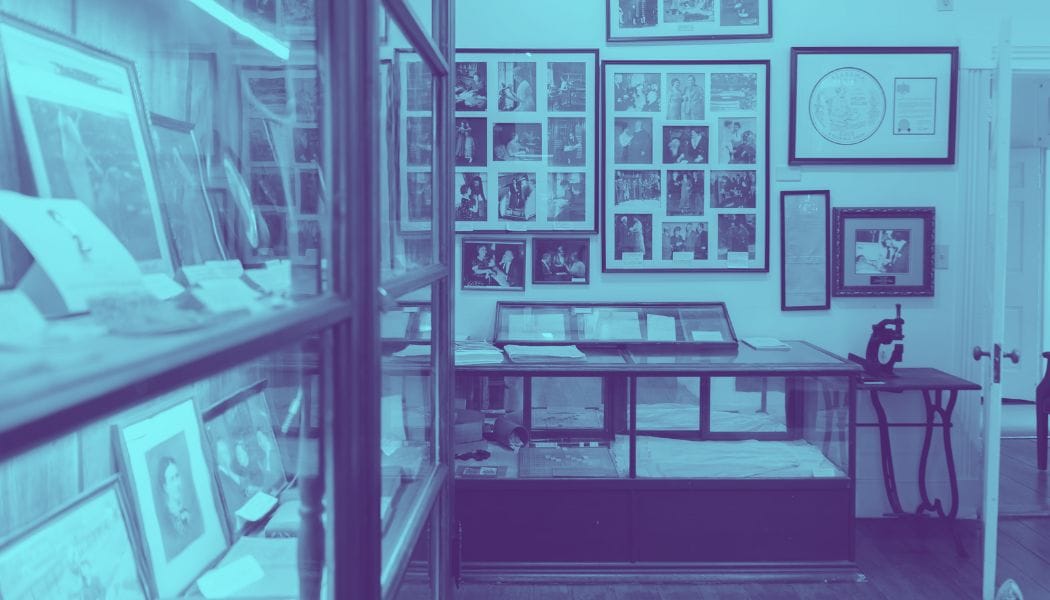
Large v Small: The Dilemma of the Director
And what of me? I have a lofty title. It’s easy to imagine me with a strategic paper in one hand and a PowerPoint presentation in the other. More likely I have some cleaning product in one hand and a phone with a text to a volunteer in the other. But this keeps you grounded, keeps you at the coalface of a museum and the work, toil and compromise we must all make to keep things going.
Would I want a role in which this is all left to others, whilst I parade around VIPs and present strategic analyses to a board full of luminaries? Maybe, from a career perspective, but I know there would be something I’d lose were I to go in that direction.
There’s a myth that small museums are parochial, clinging to the past while larger institutions lead the way. I think it’s the opposite. In small museums, the past isn’t a spectacle, it’s a conversation. We don’t interpret history for people; we explore it with them.
Sometimes I visit the big national museums and feel awe at their scale, their polish, their resources. But then I come back to our crooked display cases and remember why I prefer the small scale. Here, you can see the direct line between effort and effect. You can feel the heartbeat of a place, one that belongs not to a brand, but to a community.
So yes, we may have lino and concrete instead of marble. But we also have laughter, belonging, and the privilege of preserving stories that would otherwise vanish.
That’s what “impact” really looks like. Not in balance sheets or visitor totals, but in a child’s wide eyes, a volunteer’s quiet pride, and a director’s silent thank-you at the end of another day held together with tape, teamwork, and love.

